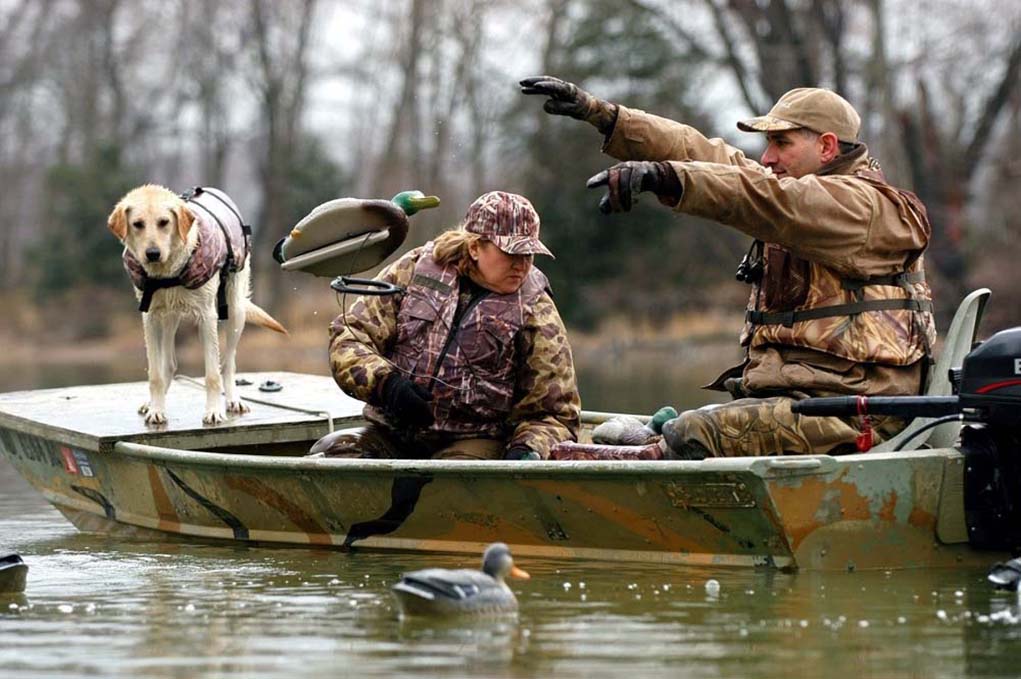Wear a life jacket or float coat when boating in cold water.
Waterfowl hunting season spans months in Arizona, first starting in the high country in October and moving into bigger bodies of water as we get closer to the New Year. While firearm safety is paramount for hunters, those planning on using boats and watercraft in pursuit of waterfowl also need to make life jackets and other safety precautions a top priority.
“Hunting is an important family tradition for many in Arizona, and taking the step of wearing a life jacket while pursuing ducks and other waterfowl will help ensure you have a successful day on the water,” said Josh Hoffman, boating safety education coordinator for the Arizona Game and Fish Department.
Life jackets are particularly important as the temperatures drop. While Arizona winters are mild, cold water immersion and hypothermia can occur in water as cool as 70 degrees. Falling into or entering cold water causes an immediate gasp reflex that can fill the person’s lungs with water. Wearing a life jacket will keep the person’s head above water and body on the surface.
If you do fall overboard, stay calm, move slowly and don’t try to take off clothing while in the water. And if the boat has capsized, it most likely will not sink and can be used as a platform. It’s advised that boaters stay on top of the capsized vessel as much as possible in order to stay out of the water.
The National Safe Boating Council lists six safety tips for boating in cold water:
1. Proper clothing. Wear waterproof fabrics and layer clothing (i.e., layer one is a wicking base, layer two is clothing for added warmth, and layer three is an outer shell to keep out water or wind). Avoid cotton as it absorbs water and quickly reduces body temperature.
2. Float coat. A float coat provides the comfortable fit and warmth of an insulated jacket, while also providing the functionality of a life jacket. A float coat does not provide hypothermia protection or replace anti-exposure coveralls or a dry suit. Be sure to check that it’s U.S. Coast Guard-approved.
3. Dry suit. A dry suit, or anti-exposure coveralls, keeps the boater dry and protects him or her from hypothermia. It’s worn over proper clothing layers. Boaters should try it on with their clothing layers to ensure they still have needed mobility for the boating activity.
4. Life jacket. If boaters are not wearing a float coat, they should wear their life jacket at all times while on the water.
5. Communication devices. A boater should carry at least two communication devices that will work when wet, such as a VHF FM-DSC marine band radio and an emergency position-indicating radio beacon or personal locator beacon.
6. Blankets. Keep emergency spare blankets on board in case someone is suffering from hypothermia symptoms.
Boaters also can brush up on their knowledge by taking one of the Arizona Game and Fish Department’s free education courses. Class schedules and details are posted online.
Photo courtesy of the U.S. Coast Guard





